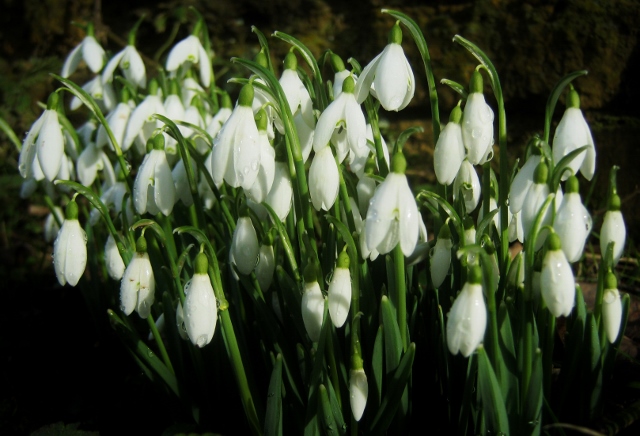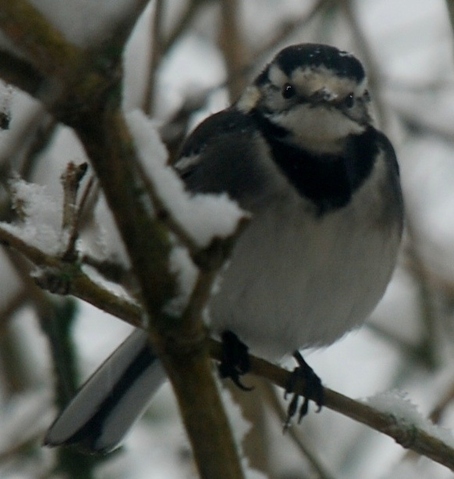The five pairs of Blue Tits that have raised or are currently raising families in various nest-boxes dotted about my garden so far this year, have laid a total of thirty-three eggs….That’s an average of six point something or other per nest, of which eleven have failed to hatch….That’s a bleepin' third!
Normally, five nests would yield somewhere in the region of forty-five eggs, with no more than perhaps five or six failing to hatch! Around half of the resultant youngsters would then have been expected to survive the Summer and Autumn months, but only a handful would have made it through the really harsh, old-fashioned type, Winters that we used to get just a couple of decades ago!
I’ve talked about this before, but it’s almost as if some bird species, such as Blue Tits and Great Tits, are somehow governing their own population levels and accommodating the lower death rates brought about by our now much milder Winters by laying fewer eggs in the Spring and Summer! However, the chilling of the eggs and their subsequent failure to hatch could result in there being far fewer birds surviving into second season adulthood than the birds themselves appear to have anticipated and the next really harsh Winter (I’m sure there’ll be at least one) could practically decimate the entire Blue Tit and Great Tit populations right across the UK….not to mention similar effects occurring with many other species of small birds, including Finches. Buntings and other Tits
For example, the survey work I’ve been conducting on Yellowhammer populations in the Cotswolds appears to suggest that the overall population is remaining relatively steady against a slightly worrying national decline, but more recently, I’ve been noticing a 10% average fall in the numbers of eggs being laid by Yellowhammers and a 15% average increase in eggs that fail to hatch. That’s out of ten nests that I seek out and monitor each season. It’s a small study (probably too small), but I believe it does act as a reasonable indicator of Yellowhammer egg and fledgling survival rates currently occurring in the Cotswolds at an average of 500m above sea-level.
I should stress that there are probably many other factors involved here….not least, the relative availability of suitable insect food resources for birds that are nesting so much earlier in the season just lately. It would also be relevant to find out if there are significant differences in the numbers of egg failures at different times of the season, although I do monitor and record local weather conditions on a daily basis throughout the year as part of my job, but I haven’t yet correlated that data with the egg situation….There is so much to be done in such a relatively small time-frame….and all on top of the myriad other ranger-type survey stuff that I have to do plus finding the time to monitor and update all my other little pet projects, including my Buzzard, Kestrel, Tree Sparrow, Skylark and House Martin Surveys (the House Martin project alone now covers twenty different colonies right across Gloucestershire)! Then there’s the Water Vole counting thingy I do for the Boss….and the Badger blood-testing stuff….and the Bat Survey near Stratford-upon-Avon….and the Swifts in Tewkesbury….and the wildflower photographing and cataloguing jobby covering the entire South-West….and….and….at some point, I want to create a wildlife pond in my garden this Summer with my daughter’s help (she’s very keen) and when things go a little bit quieter on the old wildlife front! Crikey, I’ve just realized….I’m practically a one-man “Springwatch”!



